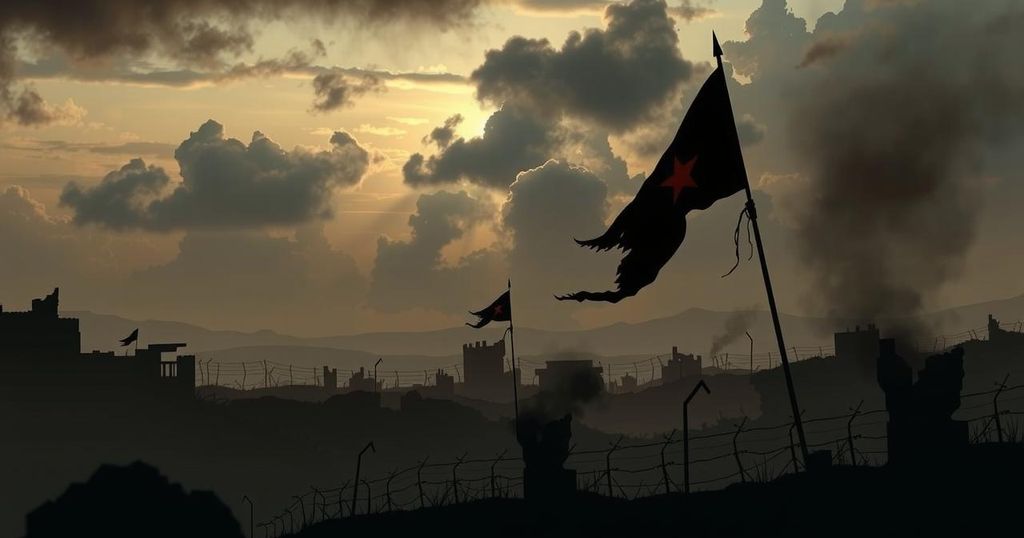Understanding the Tigray Conflict in Ethiopia: Causes, Consequences, and Future Implications
The ongoing Tigray conflict in Ethiopia has led to significant instability and humanitarian crises since it erupted in November 2020. Sparked by a military offensive ordered by Prime Minister Abiy Ahmed, the skirmishes ensued following an assault attributed to the Tigray People’s Liberation Front (TPLF) on a federal military base. This clash symbolizes a culmination of long-standing political tensions rooted in Ethiopia’s complex federal structure, where ethnic groups navigate a fragile balance of power.
For nearly thirty years, the TPLF dominated the political landscape as part of a coalition that oversaw Ethiopia’s political affairs since the fall of the military regime in 1991. This coalition, while successful in fostering stability and economic growth, also faced criticisms regarding human rights practices and democratic integrity. In 2018, after increasing civil unrest, Prime Minister Abiy took office, endorsing significant reforms aimed at liberalizing the political system. However, these changes were perceived by Tigray’s leadership as an encroachment on regional autonomy and a centralization of power in the federal government.
In September 2020, defiance escalated when Tigray conducted its regional elections, disregarding the central government’s decision to postpone national elections due to the pandemic. This defiance marked a pivotal transition and was met with condemnation as the central government gradually severed ties with Tigray, further intensifying the rift.
The conflict reached a pivotal juncture when accusations arose that Tigrayan forces had targeted and looted military bases, prompting Prime Minister Abiy to characterize their actions as crossing a disastrous threshold. The resultant military confrontation has led to widespread violence and has drawn in Eritrean forces, compounding the humanitarian crisis as approximately 350,000 individuals now face famine conditions in Tigray. Assertions of atrocities have been leveled against all parties involved, highlighting the tragic toll of this conflict.
As of now, the toll of the war is staggering, with estimates indicating over two million people displaced from their homes and fatalities exceeding ten thousand, alongside numerous documented massacres. Communications in the region remain severely hampered, complicating the efforts of aid organizations to provide relief to those in dire need.
As Ethiopia represents Africa’s second-most populous nation, the ramifications of this conflict extend beyond its borders. There are significant concerns regarding the potential for exacerbating ethnic tensions and the risk of state fragmentation, which could destabilize the entire Horn of Africa. In seeking a resolution, stakeholders must navigate the intricate landscape of ethnic alliances and grievances, advocating for peace and humanitarian support in this deeply divided nation.








Post Comment